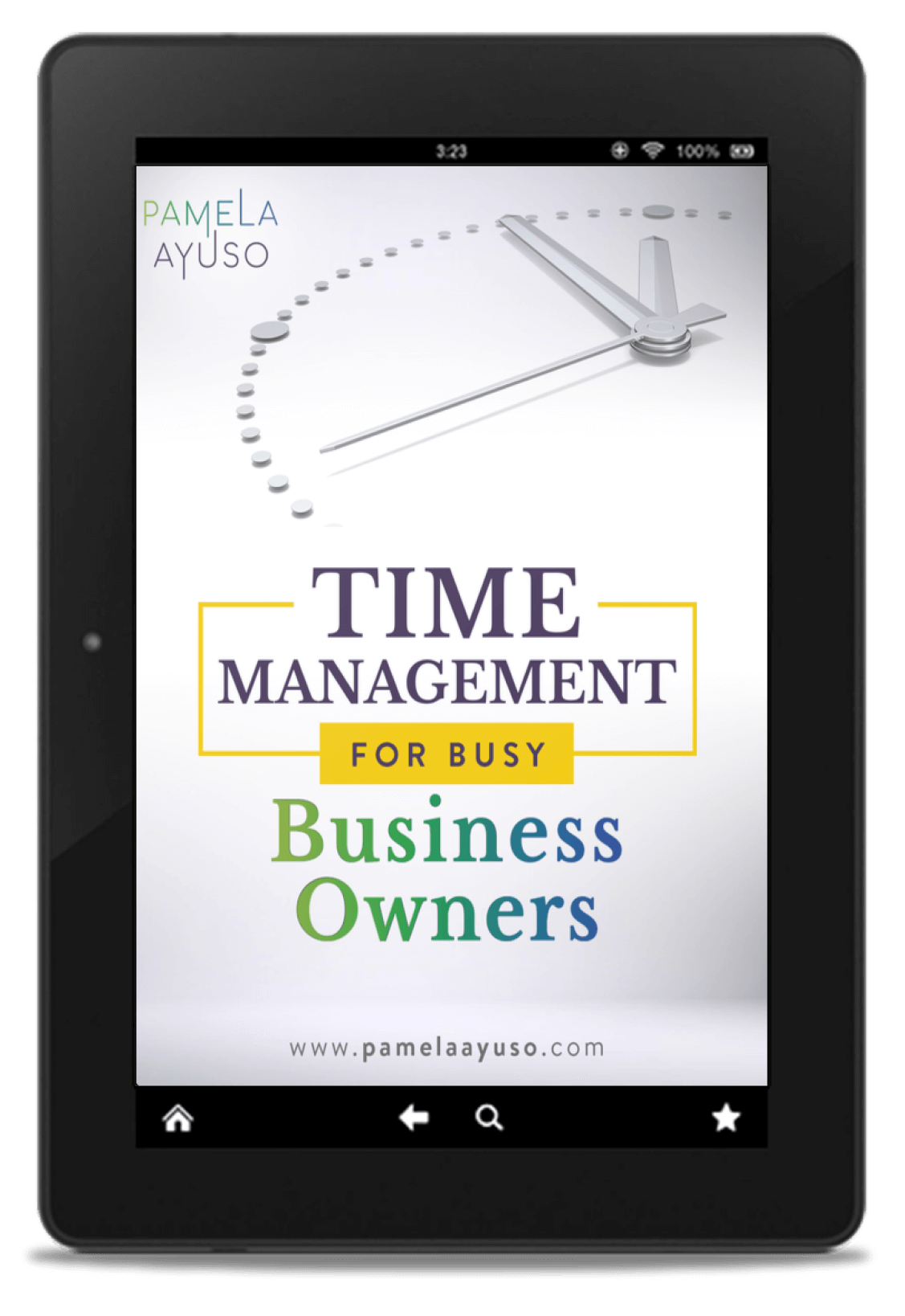Promising ideas and future tasks constantly arise as a product of daily interactions. These future actions must be cared for so that they can have a chance to yield their best results. One of these could mean the birth of the next big product idea or could simply be a task that must not be forgotten because the consequences will otherwise be detrimental.
Because most of what demands our attention is related to present tasks at hand, developing a technique for planning into the future is important. The more skill that is developed in handling these types of actions, the more that can be accomplished.
![[Photo: Rawpixel/Unsplash]](https://www.pamelaayuso.com/wp-content/uploads/2021/01/rawpixel-579264-unsplash.jpg)
[Photo: Rawpixel/Unsplash]
3 Steps to Managing Your Future Tasks & Projects
The following steps can guide you to manage future tasks and projects effectively.
1. Document the Idea as Soon as It Comes Up
The devil is in the details, especially when it comes to future tasks and projects. Whenever you have any ideas, small or big, document them immediately. Even if the idea seems silly or unrealistic, you will still have the basic root of the idea, which can sometimes lead to related concepts.
Use whatever instrument is available at the moment: paper, your phone, your computer – I have even written concepts and ideas on my hand in a pinch. I recommend using a tool you will be sure to check later; I used to send myself emails with this information because I knew I would not miss anything there (please refer to How to Keep Your Inbox Clean … For Good for more on managing your email inbox). But again, any tool will do, as long as the information will not get lost or misplaced.
Furthermore, as you are documenting, make sure to include as many details as possible. Sometimes, I have left a message to myself with a meaningless word that I could not make any sense of when I came back to it later. It is important to prevent anything from falling through the cracks, especially if it is a brilliant, life-changing idea.
2. Create Reminders for the Future
Next, create tasks using the tool you use for your to-do list, whether it is a calendar or notetaking app or even a physical personal planner. Use the documentation you produced before and create the tasks on your to-do list for the future work with as much detail as possible. Be sure to include rough due dates, other collaborators, associated documents, and any other details that might help sustain the life of a project. If you are using a project management app, such as Asana, Trello or Wrike, be sure to tag others who are working on the project and give them details. You can then discuss it and start collaborating immediately.
Sometimes, the assignment itself is the very beginning of a new project or idea. It may not be fully fleshed out, and you may not even know where to start beyond the first brainstorm session. In this case, you can reschedule the task to a time when you can accomplish that first step. By bringing the to-do item to the forefront of your mind, however, you will start to think about it. By the time you get to the scheduled date, you may already know how to tackle it.
Additionally, by placing a reminder in the future, you can start adding information or ideas as you collect them. You can include pictures or interesting articles that will help bring the idea to reality, and you can also bring others in to collaborate as you get ready to set the project in motion. This way, when the time comes to execute, you will already have a head start with the gathered information.
3. Work on the Tasks at the Scheduled Date
When the reminder for the task shows up, work on it. If you have already collected all the information available to you, it will be easier to start. Otherwise, take the time to put together anything else you need. The important thing is to start. Please read my blog post How to Effectively Set Your Next Project in Motion for helpful information on how to start new projects.
![[Photo: Luo Ping/Unsplsh]](https://www.pamelaayuso.com/wp-content/uploads/2021/01/luo-ping-512297-unsplash.jpg)
[Photo: Luo Ping/Unsplsh]
Start Effectively Managing Your Future Tasks & Projects Today
Growing a business requires investing in the future. The daily business processes we all manage are critical, but those seeds that show up unexpectedly in conversations or as you read can represent important future endeavors. Taking the time to work on them will help you fulfill your mission and further develop your business.



